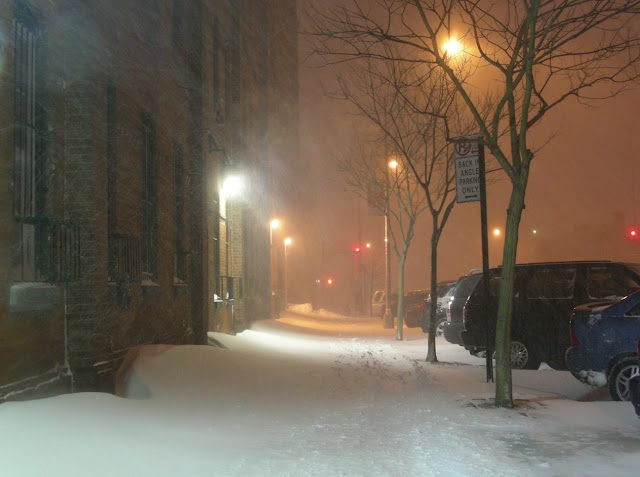Illustrator/painter Norman Rockwell dominated his era like no other commercial artist ever since. He created cover images first for the Saturday Evening Post and later for Look Magazine, both leading American periodicals of his time. His 46 year professional relationship with the Saturday Evening Post is legendary.
With an uncanny ability to capture people in deeply personal and insightful ways, he scored his first national magazine cover at 22. Rockwell’s talent to lend historical importance to the most ordinary of human situations seemed almost divinely inspired.
But it wasn’t. He earned it.
A fine retrospective of his paintings and the photographic method that produced them is at the BROOKLYN MUSEUM and confirms once again that “inspiration comes from perspiration.” Talent counts of course, but diligence will out and Norman Rockwell worked his you-know-what off.
Using photography as an organizational tool with a near microscopic attention to detail, he conceived, cast, costumed, propped, lit, staged and shot real life prototypes of his famous covers, often shooting several different models in as many as 200 photographs with slight adjustments between exposures until an image grew close to perfect. His photographers shot in black and white so he could add his own color palette to the finished painting.
The work was often a composite. He’d find the face in one exposure, the hands in another, the settings in still another and the lighting somewhere else and then composite it all into iconographic images that documented day to day life in both rural and urban America from the 1940’s through the 1970’s.
I’m old enough to remember many of these famous images first hand and I enjoyed this walk down memory lane very much.
But you don’t have to be a fan or even familiar with the work of a master to gain insight into an artistic process that considers then discards hundreds of minute artistic options to finally reveal what a finished image should be, rather than one inspired intuition that simply “knows.”
The ClockTower prides itself on the artistic talent of our ClockTowerTenants. Today I gained insight into just how hard and long an artist must work at his craft to be respected as highly and remembered as fondly as someone like Norman Rockwell. We can all take a lesson.
“Behind the Camera”, at the Brooklyn Museum, through April 10, 2011.


















































